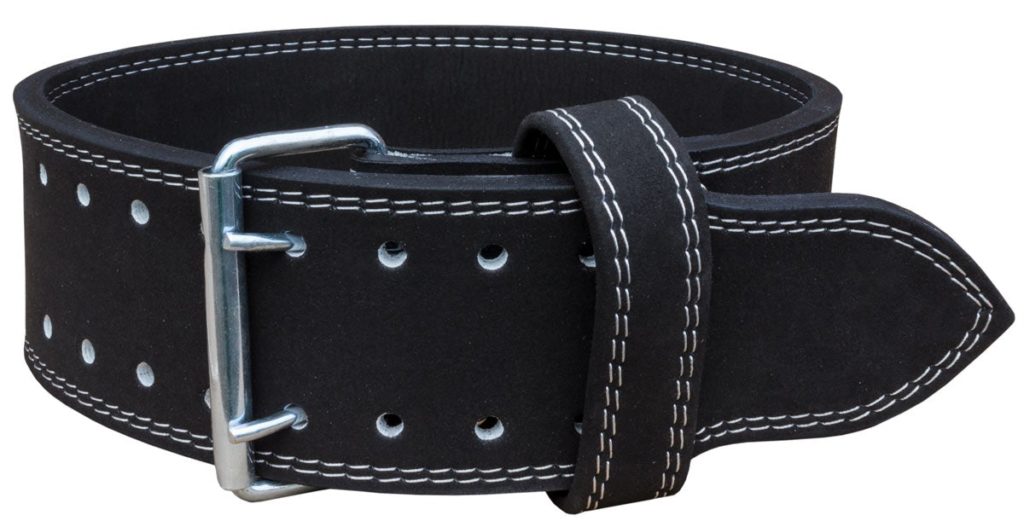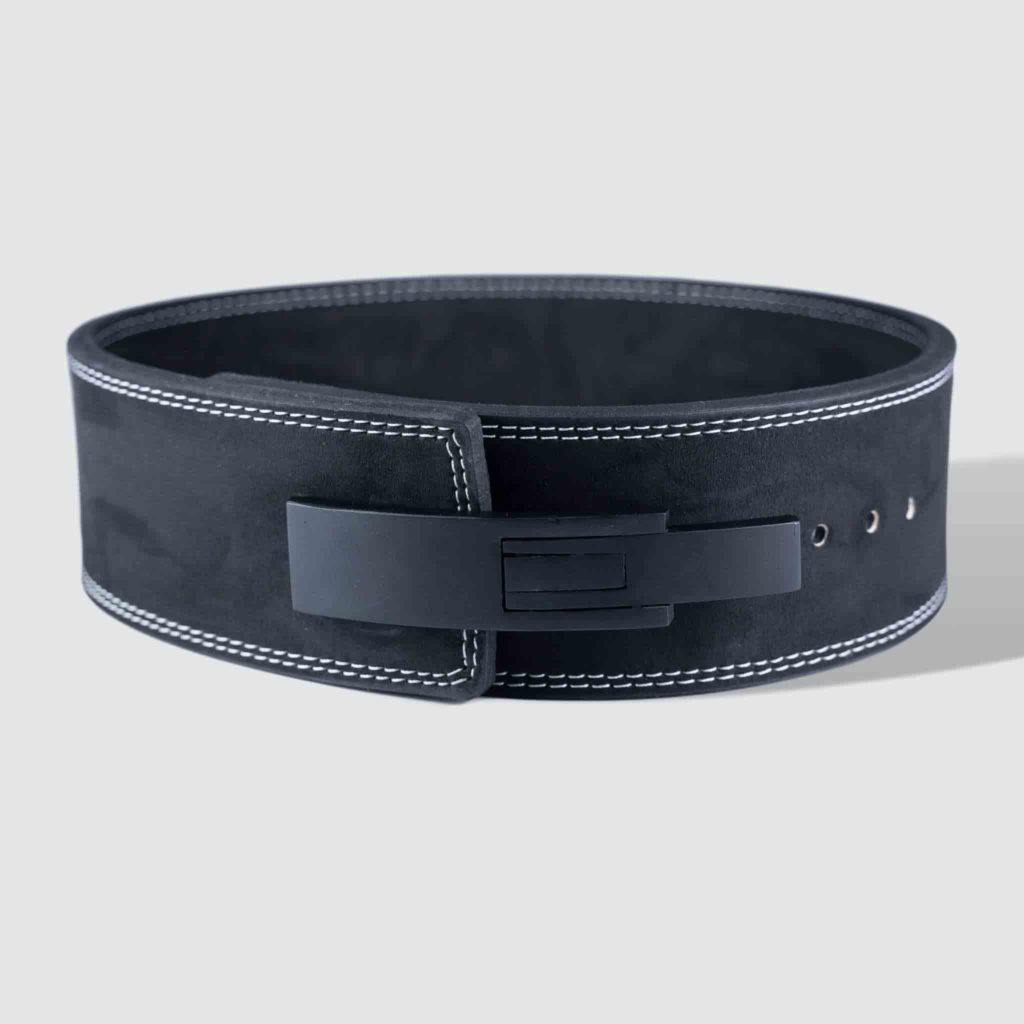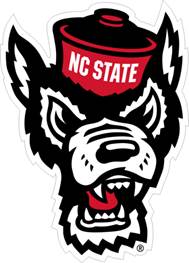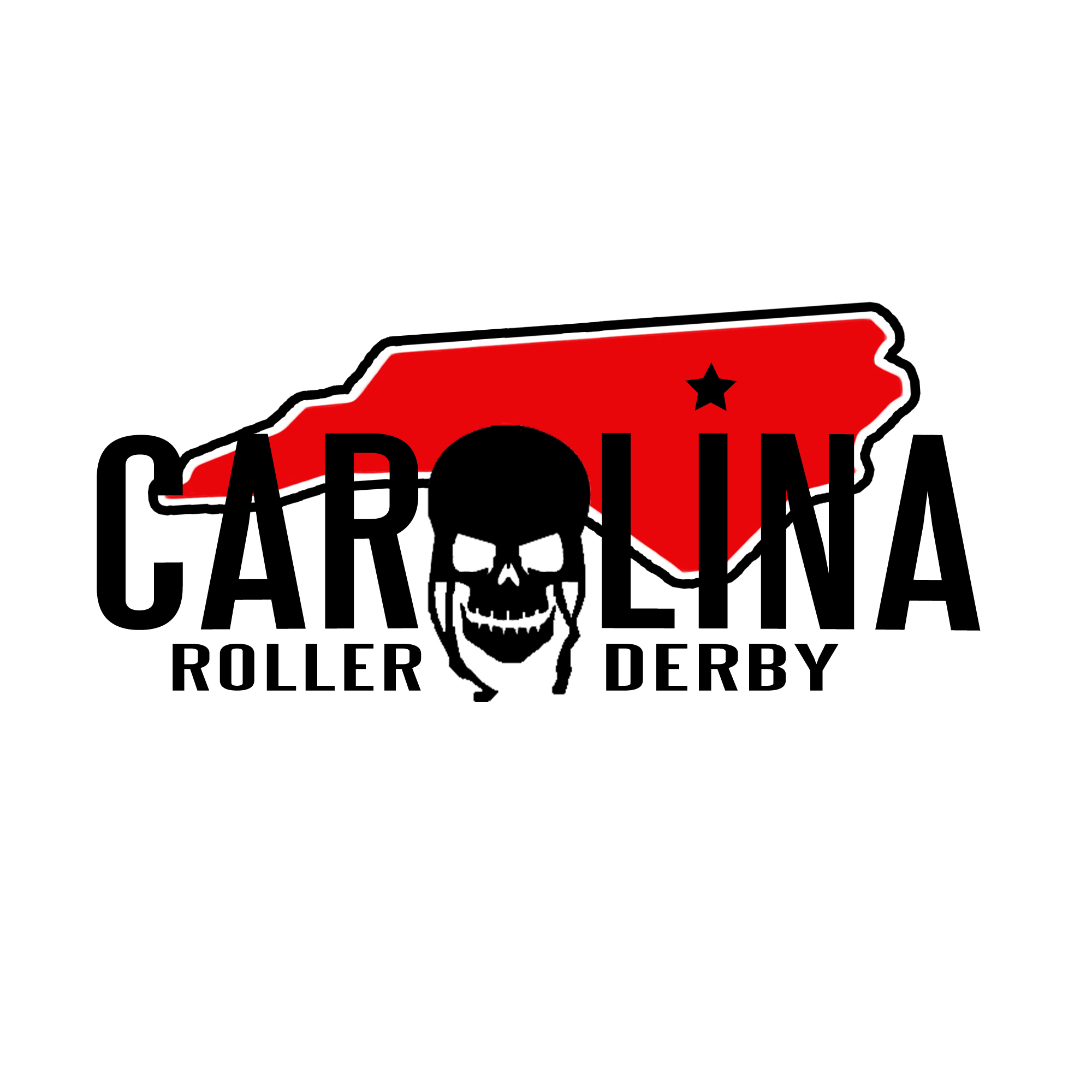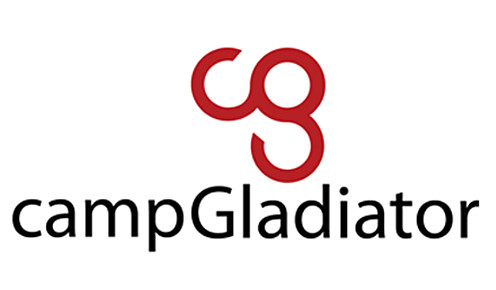Author: Yong Park, USAW-L2
What is a belt for?
The primary function for a belt is to assist in creating additional trunk/core stabilization. This can be beneficial when performing strenuous movements involving isometric loading of the trunk such as squats, deadlifts, bent over rows, and overhead press to name a few. The additional support can allow the lifter the go through these movements safer by preventing unwanted movement of the spine and create better force production into the movement. Due to these advantages, adding a belt to your heavy sets can be very beneficial towards your lifting longevity.
What is it not (recommended) for?
Unfortunately, many people have a perceived notion that as soon as they put a belt on, their back is now indestructible. That is simply not the case and can produce bad lifting habits that and increase your chance for injury in the future. The biggest mistake people make putting on a belt is to put it on as tight as possible and let it take the role of your trunk stabilizers for you. While you might be able to get away with this in the beginning, it will eventually turn into a crutch for lifting. The point of weight training is to stress your body and muscles so that they can adapt to the stress and become stronger over time. The purpose of a belt is to help teach you how to brace and stabilize your core on your own and give you that extra 10% support, not 100%.
Types of belts
So, what do these belts look like? There are many different kinds out there for different types of gym goers. One version is the padded nylon belt. These are very comfortable and with the looped Velcro system, making it very easy to put on and off, as well as readjust.
Another common version is the leather belt. Some may have a padded suede interior for comfort while others are leather throughout. It is very common to see these with a traditional 1 or 2 prong system for setting and tightening the belt.
Another version growing in popularity is a lever leather belt. These are very similar to the pronged leather belt except it comes with a lever system to hook and easily fasten your belt to your preferred tightness. These are way easier to put on and off compared to the prongs but are also more expensive.
Which is best for you?
Nylon Velcro belts are cheaper and more comfortable to have on but you have less support compared to the leather belts. Leather is generally more recommended for people aggressively pursuing strength as they will be moving heavier loads whereas most people will be fine with a nylon belt.
How to brace properly using a belt
Before you begin a lift or repetition, take a breath and push it down into your stomach. The goal is to try to push the air in your stomach against your belt 360 degrees to allow better bracing of your core muscles. Once you are braced, perform the repetition. Exhale at the end of the repetition and repeat for the next rep. Multiple reps with a single brace can be performed with lighter or easier movements. Common concerns are that you can pass out from holding your breath.
For most healthy individuals, breathing in between each rep should not be enough time to lose consciousness. The other concern is causing hernias from the bracing. As long as there aren’t pre-existing abdominal injuries or already existing hernias, the risk is extremely low as you should be strengthening those muscles anyway.





